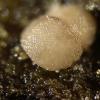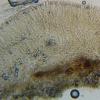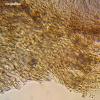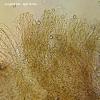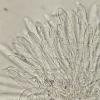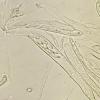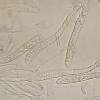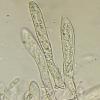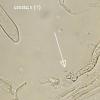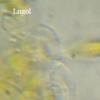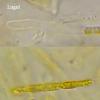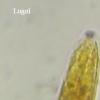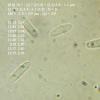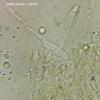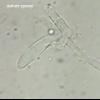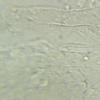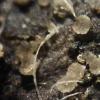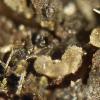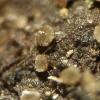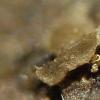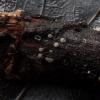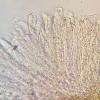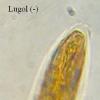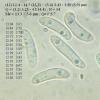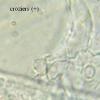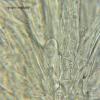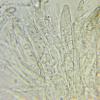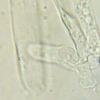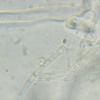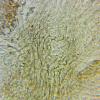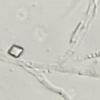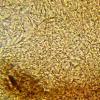
01-02-2020 10:26
Mirek GrycHiFruiting bodies growing on a branch of dead Popu

24-01-2020 18:05
Gernot FriebesHi,I'm looking for help with this unkown Scutellin

01-02-2020 22:11
Mirek GrycHiA group of mushrooms that I don't know very well

30-01-2020 22:56
 Andreas Gminder
Andreas Gminder
Hello dear collegues,on re-examining my collection

31-01-2020 17:33
Thomas Læssøeconidia hyaline, to 55 x 3,5 µm, 1-2 septateSee:�

30-01-2020 08:52
Me mandan el material seco de Galicia, recolectado

30-01-2020 09:15
Me mandan el material seco desde Galicia, recolect
Fruiting bodies growing on a branch of dead Populus, almost completely devoid of bark. Up to 1 mm.
Spores in ascus no septate.
Zotto: some time ago I sent you photos of a very similar collection, also from Populus.
In this case, the sporocarps were very mature. It was difficult to make good documentation. I could not observe any reaction to Lugol.
Now it seems to me that it is the same species but fruiting bodies younger and in better condition.
Thank you in advance for your help!
Mirek

I have no idea, but the foto of the ascus pore in Lugol shows a dirty red reaction in my opinion.
all the best,
Andreas
Therefore, without comment, I posted a photo counting on your opinion.
The second photo shows the same, but after sharpening the maximum colors.

definitely a positive porus reaction, and according to the terminology that Zotto uses I would name that "IKI rb"
best,
Andreas
Last December, I found microscopically very similar, as I also wrote on Populus. The sporocarps were heavily ripe and frozen. I wanted to make some extra documentation, but after two at home, their structures were completely destroyed :(
Compared to those presented now, a few differences can be easily seen, although the overall structure was very similar.
- the spores were slightly wider.
- negative porus reaction
- 1-septate spores in ascus
Upload their photos below!
Regards
Mirek

I think you are right as always. Paraphyses contain elongated VBs, with contents weakly refracting light.
Excipulum is very illegible but it has oval cells (angularis).
Mirek



